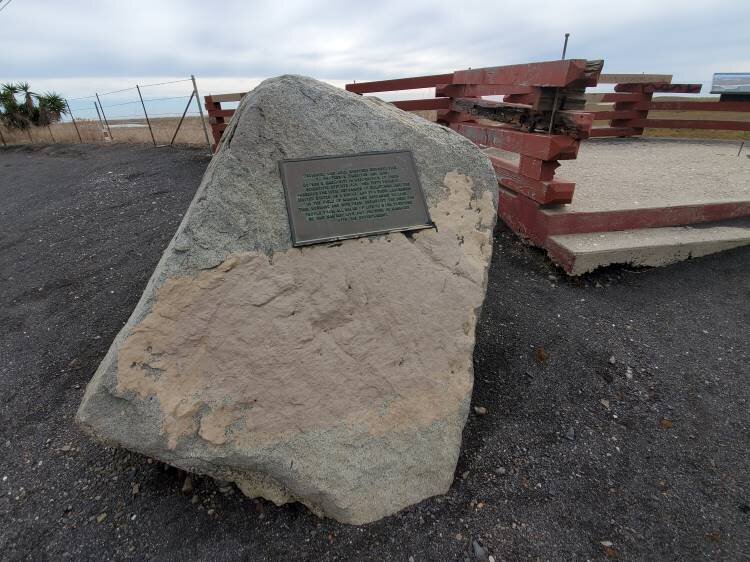Ray Miller Trail at Pt. Mugu State Park in Malibu
/Views from the Ray Miller Trail at Pt. Mugu State Park.
The Ray Miller Trail is located in the La Jolla Canyon section of Pt. Mugu State Park in Malibu. The trail is named after Ray Miller, "Guardian of the Canyon," who was the first official California State Park Camp Host, having volunteered from March 1, 1979 until his death on April 28, 1989.
Monument to Ray Miller on boulder in the La Jolla Canyon Day Use parking lot.
On its own, the trail is 2.7 miles each direction, taking you from the base of La Jolla Canyon to an overlook of the Pacific Ocean that provides sweeping views towards Mugu Rock on the west and Sycamore Cove on the east.
La Jolla Canyon sign in need of repair in September 2015.
The trail looks harder than what it really is in my opinion. The elevation gain is close to 1,000 feet over the 2.7 miles, but none of the climbs are particularly steep. The trail zigs and zags its way up as you take in views below. You will love this trail. Many people I know say this is their favorite trail!
Single track trail all the way up, but the surface is pretty good overall. Can get slippery when wet, however.
After you reach the overlook, you continue on until you reach the Overlook Fire Road at the end of the trail (there's a sign). At that point, you can turn back or you can continue on the fire road going either north towards the La Jolla Valley Fire Road, or south towards Sycamore Campground.
Views are in abundance most of the way up this trail. This photo was taken in September 2015, in the midst of a four-year drought. It will green up in the winter.
This is the sign indicating you're reached the endpoint of the Ray Miller Trail, where it intersects with the Overlook Fire Road. Explore the road going both directions if you have time (and are carrying water), as there's plenty of views in all directions.
At the bottom of La Jolla Canyon is a group campground.
La Jolla Canyon is located at 9000 Pacific Coast Highway in Malibu. Take PCH south/southeast from Los Posas Road in Camarillo. Takes about 30 minutes to get there from the center of Thousand Oaks via either the 101 or via Potrero Road in Newbury Park. It is located just east of Mugu Rock and near Thornhill Broome Beach.
You can park in the La Jolla Day Use Parking Lot (as of September 2015, $8 for day use; $7 for seniors), or you can park on PCH and walk in. Dogs and bikes are not allowed on this trail, though horses are. It can get pretty hot up here in the summer, so be careful and bring plenty of water and wear sunscreen.
The La Jolla Canyon Trail, accessed adjacent to the Ray Miller Trail, has been closed since January 2015 due to mudslides and rain damage. However, you can access the beautiful La Jolla Valley from the the La Jolla Valley Fire Road.





















